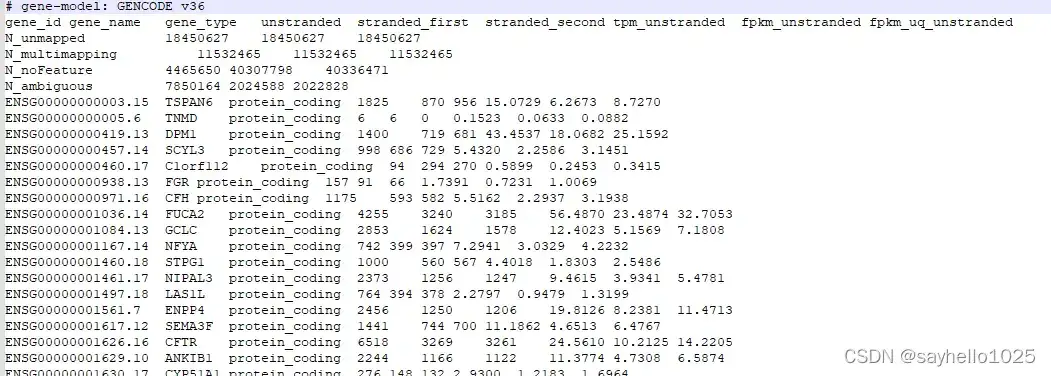Arrays of Four Rotations | Cracking The Coding Interview
2023-10-11 00:27:08
Introduction
Array rotation is a fundamental operation in computer programming that involves moving elements of an array in a circular fashion. This operation is often used in various applications, such as image processing, sorting algorithms, and data encryption. In this article, we will explore different approaches to rotating an array by a specified number of elements, providing detailed explanations and code examples in multiple programming languages.
1. Brute-Force Approach (Looping)
The most straightforward method of rotating an array is to use a brute-force approach, where you repeatedly move elements one by one until the desired rotation is achieved. This can be done using a loop that iterates over the array and shifts each element to its new position.
def rotate_array_brute_force(arr, k):
"""
Rotates an array by k elements using a brute-force approach.
Parameters:
arr (list): The input array to be rotated.
k (int): The number of elements to rotate the array by.
Returns:
list: The rotated array.
"""
# Check if the rotation count is valid
if k < 0 or k >= len(arr):
raise ValueError("Invalid rotation count.")
# Create a new array to store the rotated elements
rotated_arr = [None] * len(arr)
# Iterate over the original array and move elements to their new positions
for i in range(len(arr)):
new_index = (i + k) % len(arr)
rotated_arr[new_index] = arr[i]
# Return the rotated array
return rotated_arr
2. Cyclic Shift Approach
Another efficient approach to array rotation is the cyclic shift method. This technique involves dividing the array into two subarrays, one containing the first k elements and the other containing the remaining elements. Then, the subarrays are swapped to achieve the desired rotation.
def rotate_array_cyclic_shift(arr, k):
"""
Rotates an array by k elements using a cyclic shift approach.
Parameters:
arr (list): The input array to be rotated.
k (int): The number of elements to rotate the array by.
Returns:
list: The rotated array.
"""
# Check if the rotation count is valid
if k < 0 or k >= len(arr):
raise ValueError("Invalid rotation count.")
# Divide the array into two subarrays
subarray1 = arr[:k]
subarray2 = arr[k:]
# Swap the subarrays to achieve rotation
rotated_arr = subarray2 + subarray1
# Return the rotated array
return rotated_arr
3. Array Reversal Approach
Another approach to rotating an array is by reversing the entire array, followed by reversing the first k elements and the remaining elements separately. This method also results in a cyclic shift of the array.
def rotate_array_array_reversal(arr, k):
"""
Rotates an array by k elements using an array reversal approach.
Parameters:
arr (list): The input array to be rotated.
k (int): The number of elements to rotate the array by.
Returns:
list: The rotated array.
"""
# Check if the rotation count is valid
if k < 0 or k >= len(arr):
raise ValueError("Invalid rotation count.")
# Reverse the entire array
arr.reverse()
# Reverse the first k elements
arr[:k] = reversed(arr[:k])
# Reverse the remaining elements
arr[k:] = reversed(arr[k:])
# Return the rotated array
return arr
4. Using Slicing
This method is the most concise and efficient. Python has a slicing feature that makes it easy to rotate the array. It involves using the modulo operator (%) to calculate the new indices of elements after rotation.
def rotate_array_slicing(arr, k):
"""
Rotates an array by k elements using slicing.
Parameters:
arr (list): The input array to be rotated.
k (int): The number of elements to rotate the array by.
Returns:
list: The rotated array.
"""
# Check if the rotation count is valid
if k < 0 or k >= len(arr):
raise ValueError("Invalid rotation count.")
# Perform slicing to achieve rotation
rotated_arr = arr[k:] + arr[:k]
# Return the rotated array
return rotated_arr
Applications of Array Rotation
Array rotation has various applications across different domains, including:
-
Image Processing: In image processing, array rotation is used to manipulate images, such as rotating them by a certain angle or flipping them horizontally or vertically.
-
Sorting Algorithms: Some sorting algorithms, such as the Pancake sorting algorithm, utilize array rotation as a fundamental operation to achieve sorted output.
-
Data Encryption: In cryptography, array rotation is employed in certain encryption algorithms to scramble data and enhance its security.
Conclusion
In this article, we explored four different methods for rotating an array by a specified number of elements. Each approach has its own strengths and is suitable for different scenarios. We also discussed the applications of array rotation in various fields. By understanding these techniques and their applications, programmers can expand their skills and tackle more complex programming problems.





